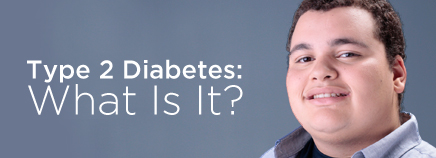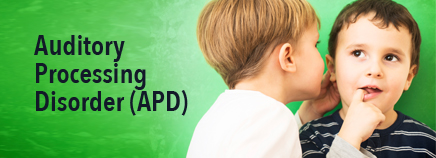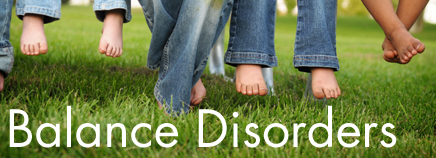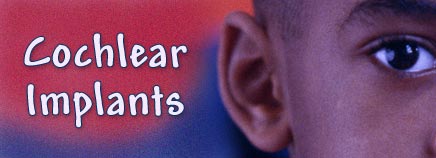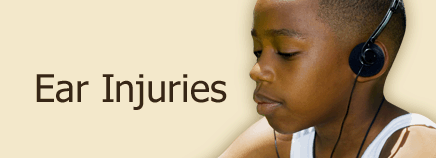The diagnosis of type 2 diabetes is becoming more common in U.S. kids and teens, especially in those who are overweight. Some studies report that between 8% and 45% of children who’ve been newly diagnosed with diabetes have the form known as type 2. Diabetes is a chronic condition that …
What Is Gestational Diabetes?
I’m not diabetic, but my doctor told me that I have gestational diabetes. What does that mean? And will it last beyond my pregnancy? – Trish Gestational diabetes is a kind of diabetes that comes on during pregnancy. When a woman has it, the sugar levels in her blood are …
What Is a Growth Disorder?
What Is a Growth Disorder? Lately, it seems as though your child is looking up to classmates — literally. The other kids in the class have been getting taller and developing into young adults, but your child’s growth seems to be lagging behind. Classmates now tower over your child. Is …
Auditory Processing Disorder
Auditory processing disorder (APD), also known as central auditory processing disorder (CAPD), is a hearing problem that affects about 5% of school-aged children. Kids with this condition can’t process what they hear in the same way other kids do because their ears and brain don’t fully coordinate. Something interferes with …
Balance Disorders
When you think about balance, the role that ears play might not come to mind. But ears are crucial to maintaining balance thanks to their vestibulocochlear nerve. This nerve sends signals to the brain that control hearing (auditory function) and help with balance (vestibular function). But the ears aren’t the …
Chronic Hoarseness
All kids strain their voices every now and then: cheering for the home team at a ballgame; belting out a favorite song in the shower; calling out to friends on the playground. Most of the time, this doesn’t do any real harm to the vocal cords, the delicate bands of …
Cleft Lip and Palate
An orofacial (or-oh-FAY-shul) cleft is when a baby is born with an opening in the lip and/or roof of the mouth (palate). Cleft lip and cleft palate happen in about 1 or 2 of every 1,000 babies born in the United States each year, making it one of the most …
Cochlear Implants
Sometimes called a “bionic ear,” the cochlear implant offers the hope of gaining or restoring the ability to sense sound for some people with significant hearing loss. What Is a Cochlear Implant? A cochlear implant is a surgically implanted device that helps overcome problems in the cochlea (KO-klee-uh). The cochlea are snail-shaped, …
Ear Injuries
Falls, blows to the head, sports injuries, and even listening to loud music can cause ear damage, which can affect hearing and balance. That’s because the ear not only helps us hear, but also keeps us steady on our feet. Kids need to hear well to develop and use their …
Eardrum Injuries
A ruptured or perforated eardrum is exactly what you might imagine: a tear or hole in the eardrum — the part of the ear that vibrates in response to sound waves. Eardrum injuries can be extremely painful and, in the worst cases, might lead to infections and hearing loss. Fortunately, …

